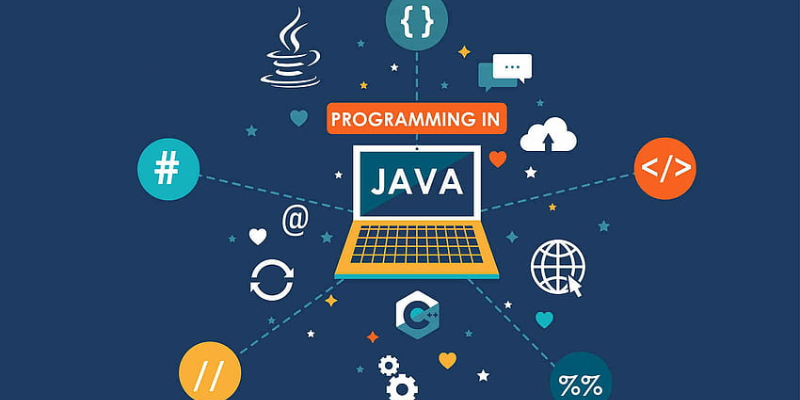
In today’s fast-paced software world, performance and responsiveness are critical. Whether you’re developing enterprise-level applications or real-time systems, efficient multitasking is a must. That’s where multithreading in Java comes into play. Multithreading allows your application to run multiple tasks simultaneously, improving performance, especially on modern multi-core processors.
For beginners and intermediate developers, mastering this feature can greatly enhance coding proficiency. Enrolling in Java Training in Pune provides valuable hands-on experience in building efficient and concurrent Java applications, effectively bridging the gap between theoretical knowledge and practical skills.
What Is Multithreading in Java?
Java’s multithreading functionality enables two or more application components to run concurrently for optimal CPU use. Every component of such a program is referred to as a thread, and each thread specifies its own execution path.
Java supports multithreading out of the box through the Thread class and the Runnable interface. It enables parallelism, meaning multiple operations can occur simultaneously, such as loading images while scrolling or processing user inputs during computations. Built on strong OOP Concepts in Java, Multithreading enhances the modularity and efficiency of applications by allowing objects to operate independently yet cohesively.
When Should You Use Multithreading?
Not every Java application needs multithreading, but it shines in certain scenarios:
- Real-time data processing: For example, handling live chat or sensor data in parallel.
- Web servers or backend systems: Managing multiple client requests at once.
- Parallel computations: Performing multiple calculations or tasks to speed up operations.
- Background tasks: Running timers, animations, or background updates without freezing the UI.
Understanding when to apply multithreading helps you write efficient, resource-optimized code. Java Training in Dindigul provides hands-on learning that helps students master both the theory and real-world implementation of these concepts.
How Java Manages Threads
Java offers two main ways to create threads:
- Extending the Thread class
- Implementing the Runnable interface
While both are widely used, the Runnable interface is more flexible and allows for better resource management, especially in large applications. Developers can also use the Executor Framework, introduced in Java 5, which provides a higher-level, more manageable approach to handling threads.
Additionally, Java 8 and beyond introduced functional programming concepts, allowing developers to use lambda expressions to simplify thread creation and management.
Best Practices for Using Multithreading
Multithreading offers power, but it must be used wisely. Here are some best practices:
- Avoid race conditions: Use synchronization techniques to manage shared resources.
- Minimize thread count: Too many threads can lead to overhead and degrade performance.
- Use thread pools: Thread pools manage and reuse threads efficiently, reducing resource consumption.
- Test thoroughly: Multithreaded applications can be tricky to debug, so test for edge cases and concurrency issues.
These practices ensure developers write not only functional but also safe and optimized multithreaded applications.
Common Mistakes to Avoid
Some pitfalls developers fall into when working with threads include:
- Blocking the main thread: This leads to unresponsive applications.
- Poor synchronization: Without proper locking, shared data can become corrupted.
- Not handling exceptions: Uncaught exceptions in threads can crash the program unexpectedly.
For both beginners and intermediate developers, mastering this feature can greatly enhance their coding skills. Many learners enroll in Java Training in Kanchipuram to gain practical experience in building efficient and concurrent Java applications.
Real-World Use Cases
Multithreading is used in many real-world applications:
- Gaming engines for simultaneous rendering and input capture
- Banking software for concurrent transaction handling
- Stock market platforms to fetch and process live data
- Chat applications to handle multiple users simultaneously
Multithreading in Java is not just an advanced concept, it’s a vital skill for developers aiming to build high-performance applications. Whether you’re building responsive GUIs or scalable backend systems, understanding how and when to use multithreading can give you a distinct edge in your programming career. If you’re ready to deepen your Java knowledge and learn how to apply multithreading effectively, consider enrolling in structured courses like Java Training in Tirunelveli. With practical projects and guided mentorship, these programs can accelerate your journey to becoming a confident and competent Java developer.
Also check: Benefits of Mastering the Java Programming Language
